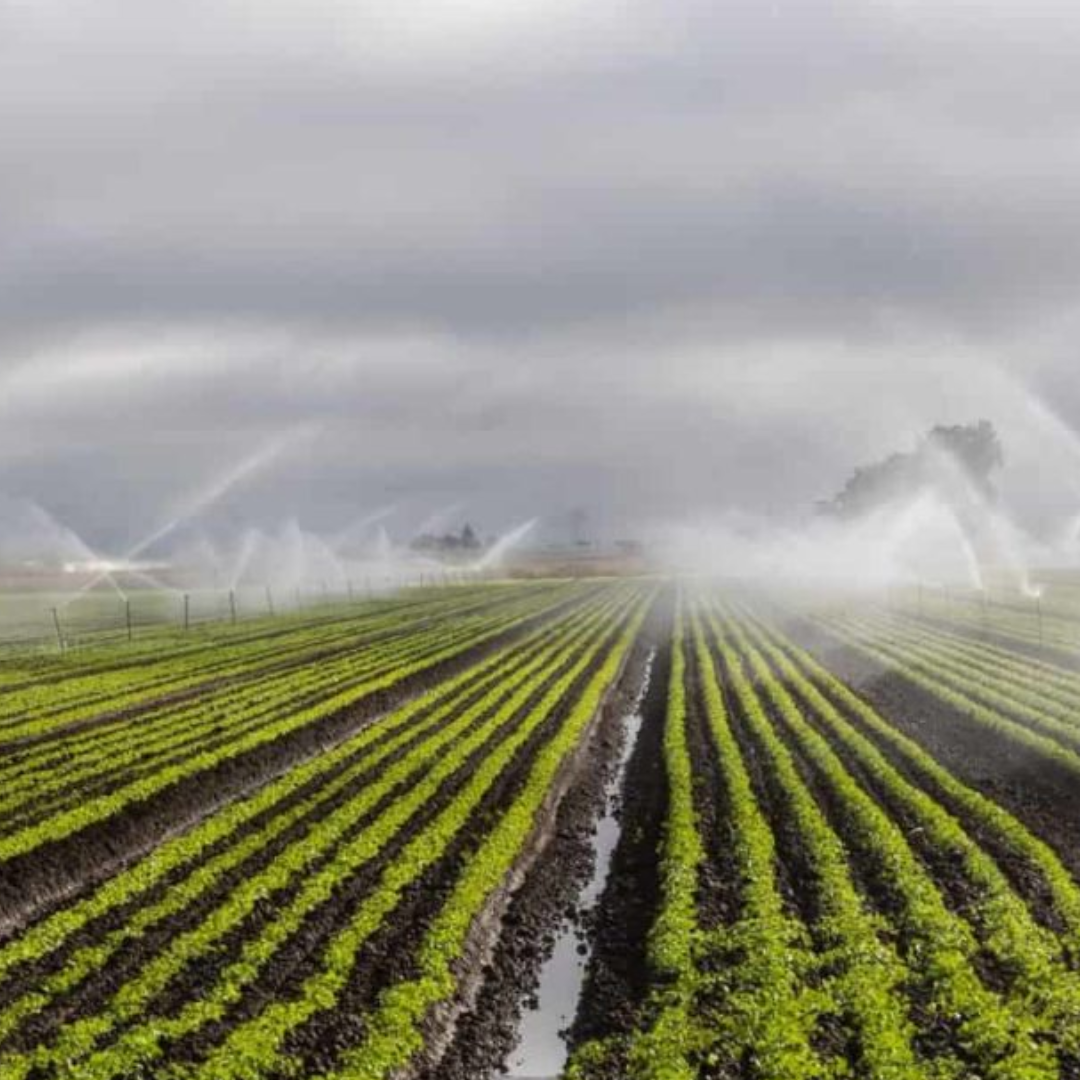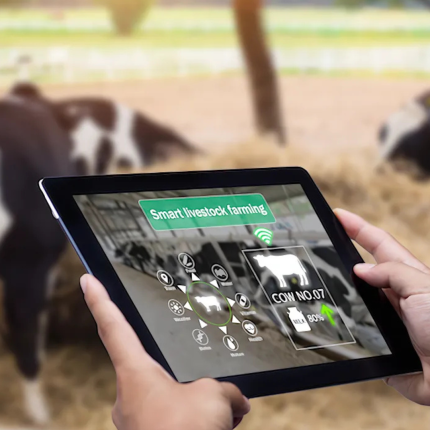Description
Overview of Irrigation Management Using BLE or RFID
Irrigation management systems using RFID (Radio Frequency Identification) or BLE (Bluetooth Low Energy) offer innovative solutions for efficient water usage in agriculture. These technologies enable precise monitoring and control of irrigation processes. RFID tags, attached to plants or equipment, provide real-time data on soil moisture levels, plant health, and environmental conditions. This data is transmitted to a central system, facilitating timely irrigation adjustments. BLE, known for its low power consumption, allows seamless communication between sensors and control units, ensuring continuous monitoring and optimization of water distribution. By integrating RFID or BLE, irrigation management systems can enhance water conservation, reduce costs, and improve crop yields, making them invaluable tools for modern agriculture.
Applications in Irrigation Management Using BLE or RFID
- Soil moisture monitoring
- Plant health tracking
- Real-time environmental data collection
- Automated irrigation scheduling
- Remote valve control
- Water usage analytics
- Crop growth monitoring
- Fertilizer application management
- Leak detection
- Pump operation monitoring
- Soil temperature measurement
- Salinity level detection
- Irrigation zone control
- Irrigation equipment tracking
- Data logging and reporting
- Pest and disease monitoring
- Greenhouse climate control
- Evapotranspiration rate calculation
- Wireless sensor network integration
- Precision irrigation
- Irrigation system diagnostics
- Real-time alerts and notifications
- Historical data analysis
- Variable rate irrigation
- Inventory management of irrigation supplies
- Remote monitoring of irrigation infrastructure
- Sensor calibration management
- Irrigation system performance benchmarking
- Predictive maintenance of irrigation equipment
- Compliance reporting for water usage regulations
Technical Specifications of GAO Tek Irrigation Management Using BLE or RFID
BLE Beacons or RFID Tags in Irrigation Management Systems
In modern irrigation management systems, RFID (Radio Frequency Identification) tags and BLE (Bluetooth Low Energy) beacons are increasingly utilized to enhance precision and efficiency. These technologies facilitate real-time monitoring and data collection, crucial for optimizing water usage and maintaining crop health.
RFID tags are typically attached to various irrigation components, such as pipes, valves, and pumps. They can be affixed using industrial-grade adhesives, cable ties, or integrated directly into the equipment during manufacturing. By tagging these elements, system managers can track the location and operational status of each component. For instance, RFID-enabled sensors can monitor soil moisture levels, sending data to a centralized system that adjusts irrigation schedules accordingly.
BLE beacons, on the other hand, are often deployed across the field or greenhouse to create a network that communicates with mobile devices or central hubs. These beacons are usually mounted on posts, irrigation lines, or embedded in the soil at strategic intervals. They emit signals at regular intervals, providing precise location data and environmental conditions such as temperature and humidity. This granular data helps in fine-tuning irrigation patterns, ensuring that water distribution is uniform and adequate across all sections of the farm.
Both RFID and BLE technologies are integral to smart irrigation management systems. They enable automated, data-driven decisions that can significantly reduce water waste, lower operational costs, and improve crop yields. As the agriculture industry continues to embrace IoT (Internet of Things) innovations, the role of these technologies in irrigation management will undoubtedly expand, offering even greater precision and sustainability.
BLE Gateways or RFID Readers in Irrigation Management Systems
In advanced irrigation management systems, RFID readers and BLE gateways play crucial roles in collecting and transmitting data from various field sensors and devices. Their strategic placement and installation are essential for the efficient functioning of these systems.
RFID readers are typically installed at central locations where they can efficiently communicate with RFID tags attached to irrigation components. These locations might include main control hubs, pump stations, or along key irrigation pipelines. The installation process involves mounting the readers on sturdy structures, such as poles or walls, ensuring they are weatherproof and protected from environmental elements. Proper positioning is critical to maximize the range and accuracy of data capture. RFID readers are often networked to the central irrigation management system via wired or wireless connections, facilitating real-time monitoring and control.
BLE gateways, conversely, are distributed throughout the irrigation area to establish a comprehensive communication network. These gateways are often mounted on posts, walls, or directly on irrigation equipment. They need to be placed at optimal distances to ensure complete coverage and effective communication with BLE beacons scattered across the field. The installation requires careful planning to avoid signal interference and to maintain a robust network mesh. BLE gateways typically connect to the central system via Wi-Fi, Ethernet, or cellular networks, enabling seamless data aggregation and transmission.
Both RFID readers and BLE gateways are integral to modern irrigation management, enabling precise control and monitoring. Their proper installation ensures that data from field sensors is accurately collected and relayed, facilitating efficient water usage, reducing wastage, and enhancing crop health through informed irrigation practices.
Cloud Systems
GAO Cloud BLE or RFID Systems consist of the following parts:
GAO BLE Gateways and Beacons and RFID Readers and Tags
BLE or RFID Cloud, Server, PC & Mobile
GAO Cloud Services Engine for BLE or RFID
Cloud Infrastructure, BLE & RFID Middleware, Data Analytics and Business Intelligence, and Security Measures.
Integration APIs
APIs enable seamless integration between the BLE or RFID solution and existing irrigation management systems such as POS, inventory management, and e-commerce platforms, allowing for data exchange and synchronization.
Server, PC & Mobile Systems
GAO Server, PC & Mobile BLE or RFID Systems are composed of
BLE Gateways and Beacons, RFID Tags and Readers
GAO Server, PC & Mobile Software Engine for BLE & RFID
Servers, PCs, Mobile Computing Devices and Infrastructure, Middleware Software, and Database Management System.
Integration with Irrigation Management System
The on-premises solution integrates with existing irrigation management systems such as inventory management, point-of-sale (POS), and enterprise resource planning (ERP) systems. Integration is achieved through APIs, database connections, or middleware adapters, enabling seamless data exchange and synchronization.
All GAO’s RFID products are jointly offered by GAO Tek Inc. and its sister company GAO RFID Inc., ranked as a top 10 global RFID and IoT supplier. For RFID products on https://gaotek.com/, please visit RFID-BLE category, and its sub-categories: BLE Gateways, Beacons & Accs, UHF Readers, Tags & Accs, NFC & HF Readers, Tags & Accs, LF Readers, Tags & Accs, and BLE or RFID Cloud, Server, PC & Mobile.
You also are encouraged to visit gaorfid.com that offers a more comprehensive, more complete and different set of BLE & RFID products: BLE, RFID Readers, RFID Tags, Antennas & Accessories, RFID Systems, System By Feature.



